The diamond industry is undergoing a transformation with the rise of man-made diamonds , sparking debates about their place alongside traditional real diamonds (12,100 searches). Are lab-grown diamonds just as valuable as their natural counterparts? Do they offer the same brilliance and durability? In this guide, we’ll explore the key differences between real diamonds and man-made diamonds , addressing questions like “Are diamonds man made?” (40 searches) and “Are man made diamonds as good as real diamonds?” (20 searches). By the end, you’ll have all the information you need to make an informed decision.
What Are Real Diamonds and Man-Made Diamonds?
To understand the differences, let’s start by defining what these diamonds are:
- Real Diamonds:
Real diamonds are naturally formed over billions of years deep within the Earth’s mantle. They’re mined from the ground and prized for their rarity, brilliance, and timeless appeal. These diamonds have been the standard for luxury jewelry for centuries. - Man-Made Diamonds:
Also known as lab-grown or ethical diamonds, these are created in laboratories using advanced technology that replicates the natural diamond-growing process. Despite being produced artificially, they share the same chemical composition and physical properties as real diamonds.
A common misconception is that man-made diamonds are “fake.” However, they are chemically identical to real diamonds, making them a legitimate alternative for those seeking affordability or ethical options.
Real Diamond vs Man Made Diamond: Origin and Formation
One of the most significant differences lies in how these diamonds are formed:
- Real Diamonds:
The Origin of Natural diamonds are under extreme heat and pressure deep within the Earth’s mantle over millions or even billions of years. They’re brought closer to the surface through volcanic eruptions and later mined. - Man-Made Diamonds:
Lab-grown diamonds are created using two primary methods:- High Pressure High Temperature (HPHT): Mimics the natural conditions under which diamonds form.
- Chemical Vapor Deposition (CVD): Uses a gas-rich environment to grow diamonds layer by layer. when comparing CVD vs natural diamond, the main difference lies in how they’re formed: CVD diamonds are lab-grown, while natural diamonds are mined from the earth.
Both processes result in diamonds that are chemically and structurally identical to natural diamonds but take only weeks to produce instead of millennia.
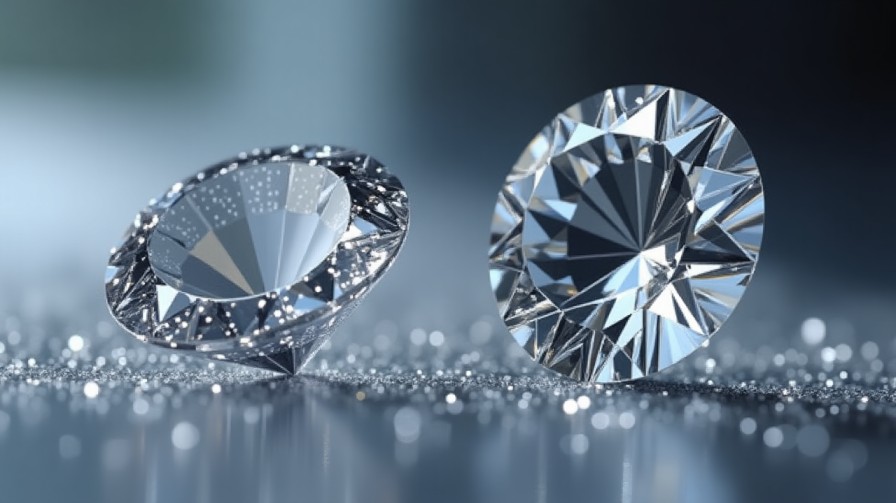
Cost Comparison: Real Diamond vs Man Made Diamond
Cost is one of the biggest factors driving the popularity of man-made diamonds (590 searches). Here’s how they compare:
- Real Diamonds:
The price of a real rare diamond reflects its rarity, mining costs, and market demand. A 1-carat natural diamond can range from 3,000to10,000 or more, depending on the Four Cs: carat weight, cut, color, and diamond clarity. - Man-Made Diamonds:
Lab-grown diamonds are significantly more affordable, often costing 30-50% less than real diamonds. For example, a half carat diamond or 1-carat man-made diamond might range from 1,500to5,000, depending on quality and retailer.
This stark difference in pricing makes man-made diamonds an attractive option for budget-conscious buyers who still want the look and feel of a diamond.
Quality and Durability: Are Man-Made Diamonds as Good as Real Diamonds?
A frequently asked question is, “Are man made diamonds as good as real diamonds?” (20 searches). Let’s break it down:
- Chemical Composition:
Both real and man-made diamonds are composed of pure carbon arranged in a diamond cubic structure. This means they share the same physical and optical properties. - Hardness:
Both score a perfect 10 on the Mohs scale of mineral hardness, making them equally resistant to scratches and abrasions. - Appearance:
To the naked eye, there’s no visible difference between lab vs mined diamonds. Only specialized equipment, such as spectroscopy, can detect subtle distinctions in growth patterns. - Consumer Perception:
While man-made diamonds are chemically identical, some people still associate real diamonds with tradition, rarity, and sentimental value. Others view man-made diamonds as a modern, ethical choice.
In terms of quality and performance, man-made diamonds are just as “good” as real diamonds.
Ethical and Environmental Considerations
Ethics and sustainability play a significant role in the diamond-buying decision:
- Real Diamonds:
Traditional diamond mining has faced criticism for its environmental impact, including deforestation and habitat destruction. Additionally, concerns about “conflict diamonds” (gems sold to fund armed conflict) have led many consumers to seek alternatives. - Man-Made Diamonds:
Marketed as eco-friendly and conflict-free, sustainable diamonds are often seen as a more ethical choice. However, critics point out that the energy-intensive lab processes used to create these diamonds may offset some of their environmental benefits.
For socially conscious buyers, man-made diamonds align better with values of sustainability and transparency.
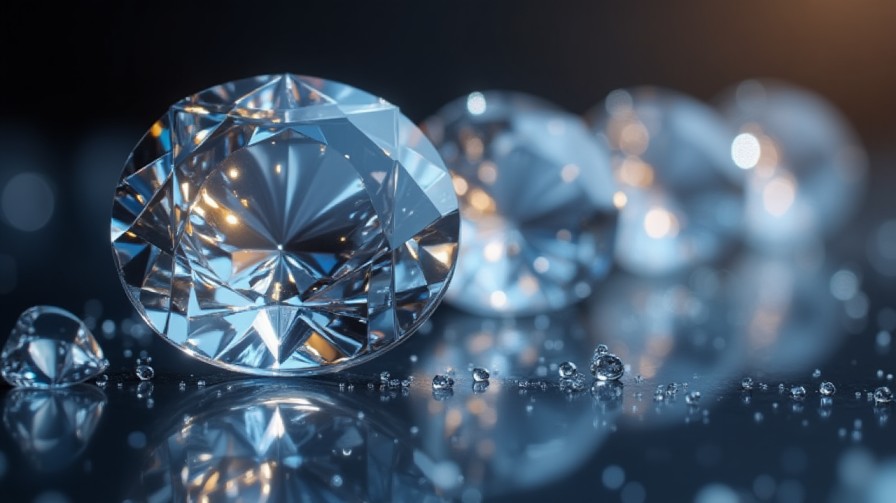
Real Diamond vs Man Made Diamond: Which Should You Choose?
The choice ultimately depends on your priorities:
- Choose a Real Diamond If:
- You value tradition and rarity.
- You’re looking for a long-term investment piece.
- Sentimental value is important to you.
- Choose a Man-Made Diamond If:
- Affordability is a priority.
- You want an ethical, eco-friendly option.
- You still desire the beauty and brilliance of a diamond without the premium price tag.
Both options have their merits, and the decision should reflect your personal values and budget.
Conclusion
In conclusion, real diamonds and man-made diamonds are more similar than different when it comes to chemical composition, durability, and appearance. The main distinctions lie in their origin, cost, and ethical considerations. Whether you choose a natural diamond for its timeless allure or a lab-grown diamond for its affordability and sustainability, both options offer unique advantages — especially for couples looking for a more sustainable engagement ring without compromising on beauty or brilliance.


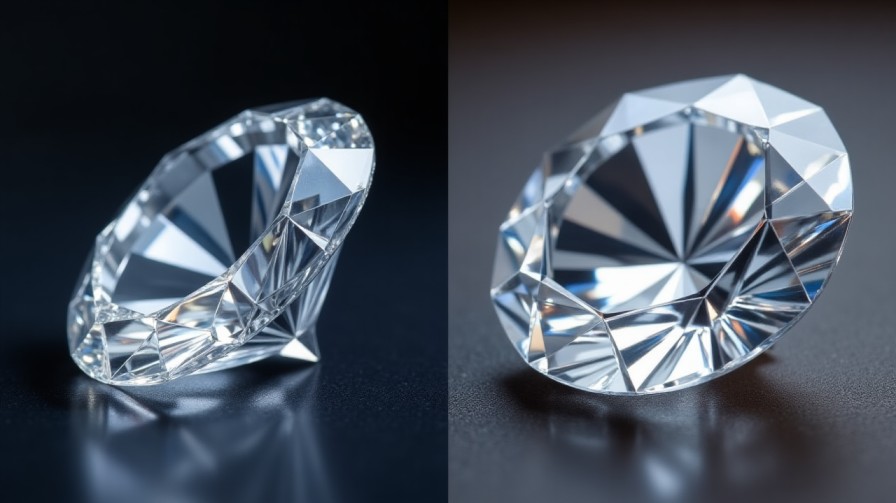
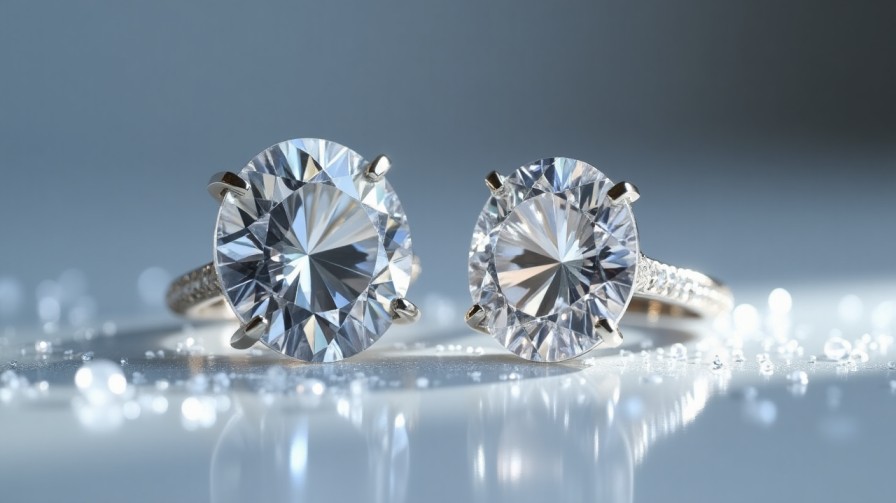
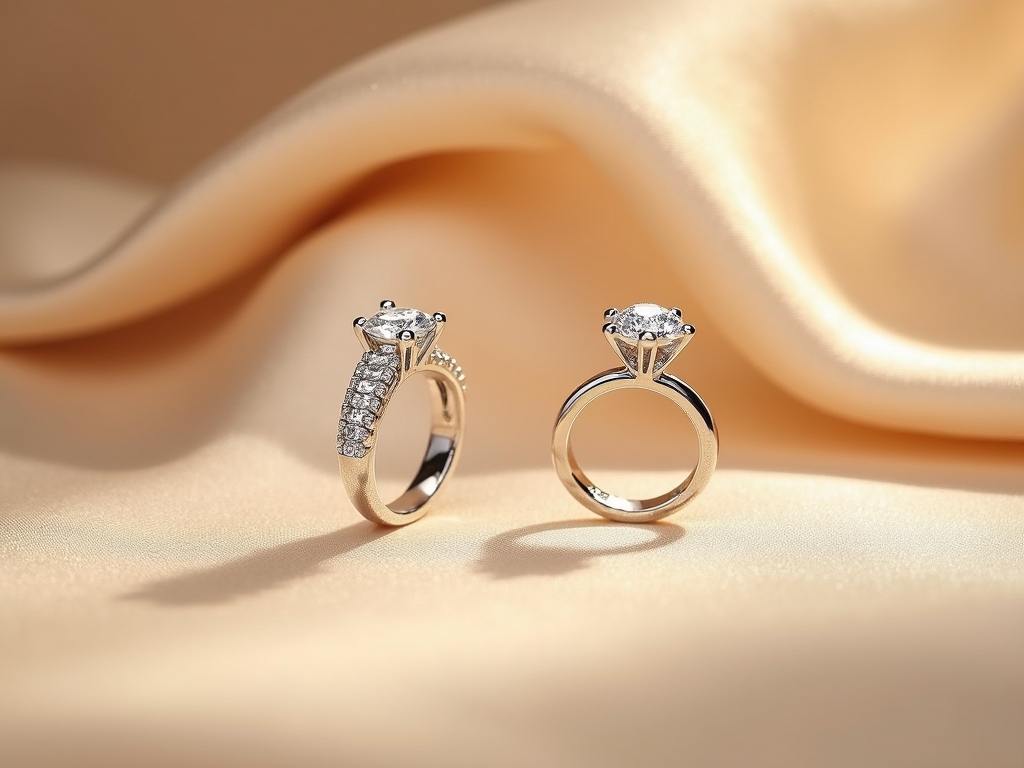
Leave a Comment